poVoq
Admin on the slrpnk.net Lemmy instance.
He/Him or what ever you feel like.
XMPP: povoq@slrpnk.net
Avatar is an image of a baby octopus.
- 148 Posts
- 691 Comments
It looks fine as in the default Piefed theme, yes. But they used to have a very nice custom theme.
Their theme broke with the update?

 6·6 days ago
6·6 days agoProbably? I have not tried it myself to be honest.
I am not sure how intercompatible the modules are. It might be that you have to chose between them.

 15·6 days ago
15·6 days agoIt is a modular system that includes a module for microblogging. But it can also be turned into something else.

 3·6 days ago
3·6 days agoRecent models run surprisignly well on CPUs if you have sufficient regular RAM. You can also use a low VRAM GPU and offload parts to the CPU. If you are just starting out and want to play around I would try that first. 64gb system RAM is a good amount for that.

 2·6 days ago
2·6 days agoSo you answered your own question? Because some of that is described differently in the video.

 2·6 days ago
2·6 days agoThe sodium-ion performance info in that video seems a bit off. Afaik they are mainly cheaper and with more sustainable materials, but a bit less performant than lithium ion and thus not that suitable for increasing the range of EVs etc.
But still, for cheaper small electric city vehicles and stationary applications they will probably be quite nice.

 5·7 days ago
5·7 days agoIt also further links to another issue about individually blocking users and communities. Apparently that is quite inefficient in the current version, so maybe that adds to your problem?

 7·7 days ago
7·7 days agoWhat you can try is to clear your browser cache for the main domain. In the past there was a bug in Lemmy that caused Firefox based browsers to accumulate many gigabytes of cache data and that slowed down the loading of the page significantly. In the latest version there are some fixes for this and it shouldn’t effect app usage, but I suspect this problem still persists to some extend.

 10·7 days ago
10·7 days agoAside from general issues others have mentioned, our instance (slrpnk.net) is seeing some especially high database load in the last couple of days and I also noticed the subscribed page to be even slower than usual. I tried to figure out what it causing it, but so far there is no clear smoking gun, but I suspect some AI scrapers found a way to target the Lemmy API directly so our current scraper protections for the webinterface are inadequate.
There have been such attempts, like Nextbox for example. But afaik they have been all commercial failures, IMHO because basically anyone that cares enough about this stuff can build their own for a much lower price, and those that don’t…

 4·8 days ago
4·8 days agoLets see what comes out of that, but simpler and more leightweight vehicles are definitly a good idea.

 17·9 days ago
17·9 days agoThis is such an absurd article. Web3 was never anything but a scam and extraction vehicle and now the author seems to have a “are we the baddies?” moment, or what?

 10·10 days ago
10·10 days agoIndeed, Postgres 18 introduced some breaking changes and AFAIK Lemmy isn’t compatible with them yet. This will probably be fixed in the next release.
https://github.com/YoRyan/mailrise
Is something you might be interested in.

 21·11 days ago
21·11 days agoWith libvirt it is fairly easy yes. And you can also install a standalone web-gui like Cockpit or use the desktop app virt-manager over ssh to do it.

 74·11 days ago
74·11 days agoProxmox adds a lot of complexity and a nice GUI. If you are fine with using the terminal, there is really not much benefit from Proxmox and the potential issues from the added complexity are IMHO not worth it. I am not a Proxmox expert though, so take this advise with a grain of salt 😅

 7·12 days ago
7·12 days agoAfaik it is a specific implementation issue in Lemmy that causes this. Instances in Australia had problems catching up with lemmy.world because of that.

 8·14 days ago
8·14 days agoThe federation is mainly about issues / bug reports (the discussions and comments) and being able to make cross instance pull-requests and so on. So yes, it is mostly about communication.


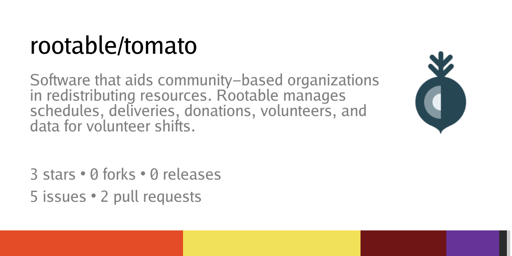


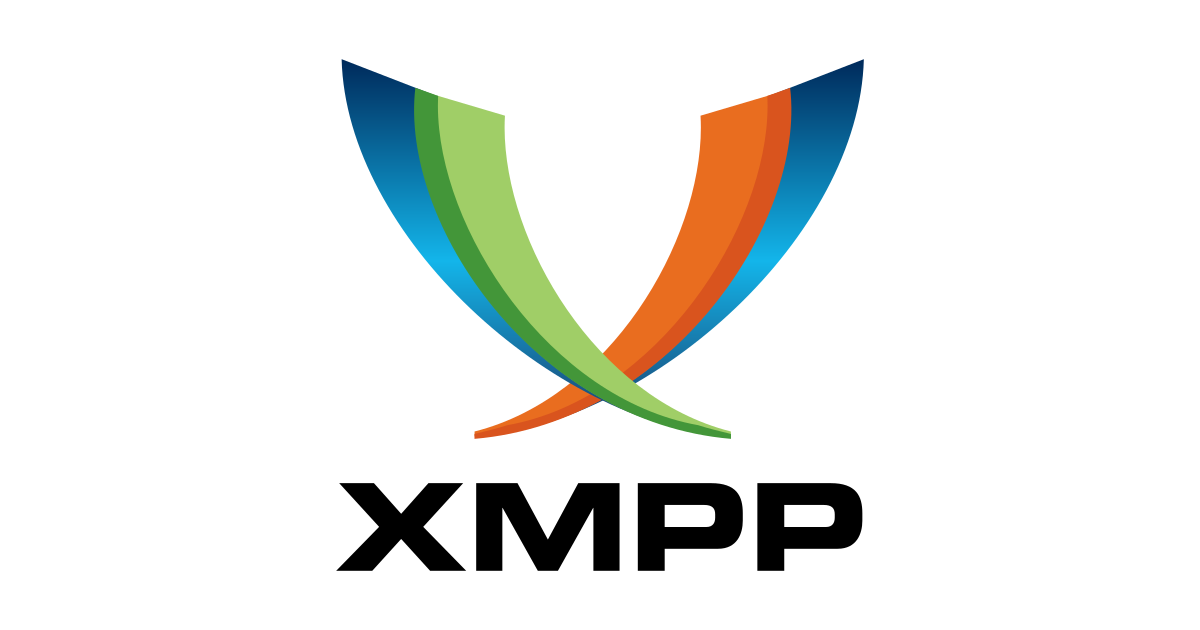
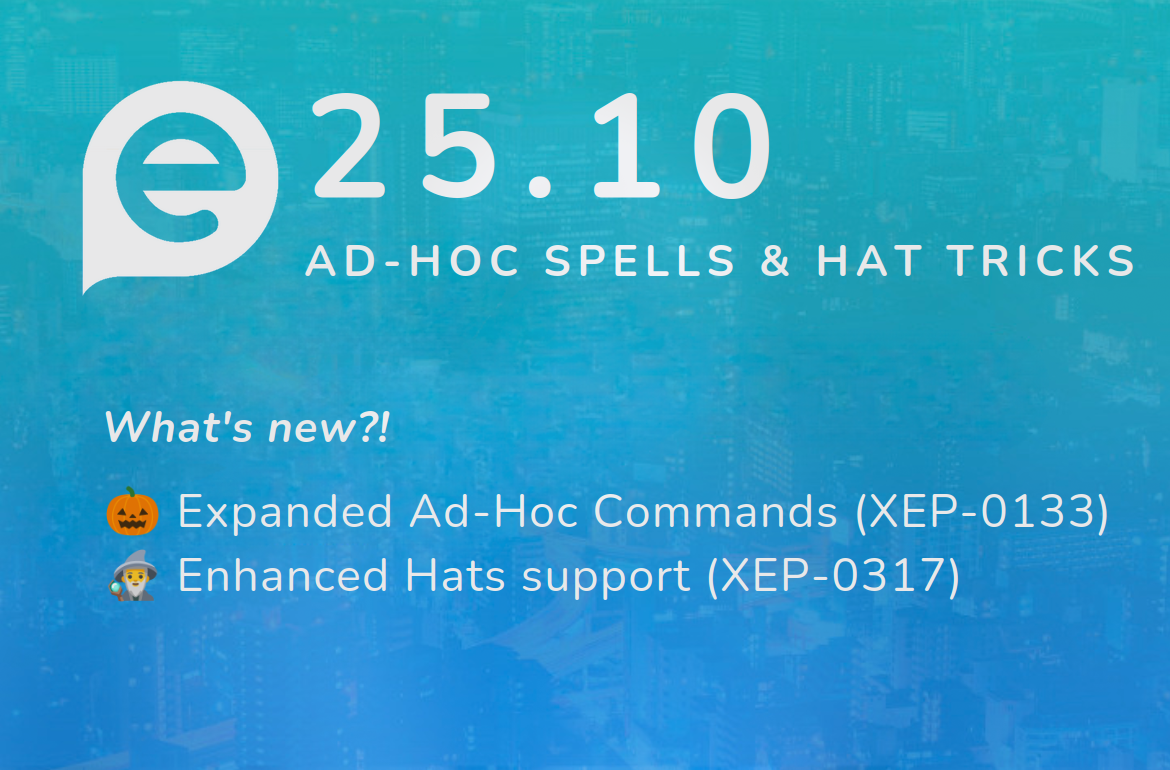


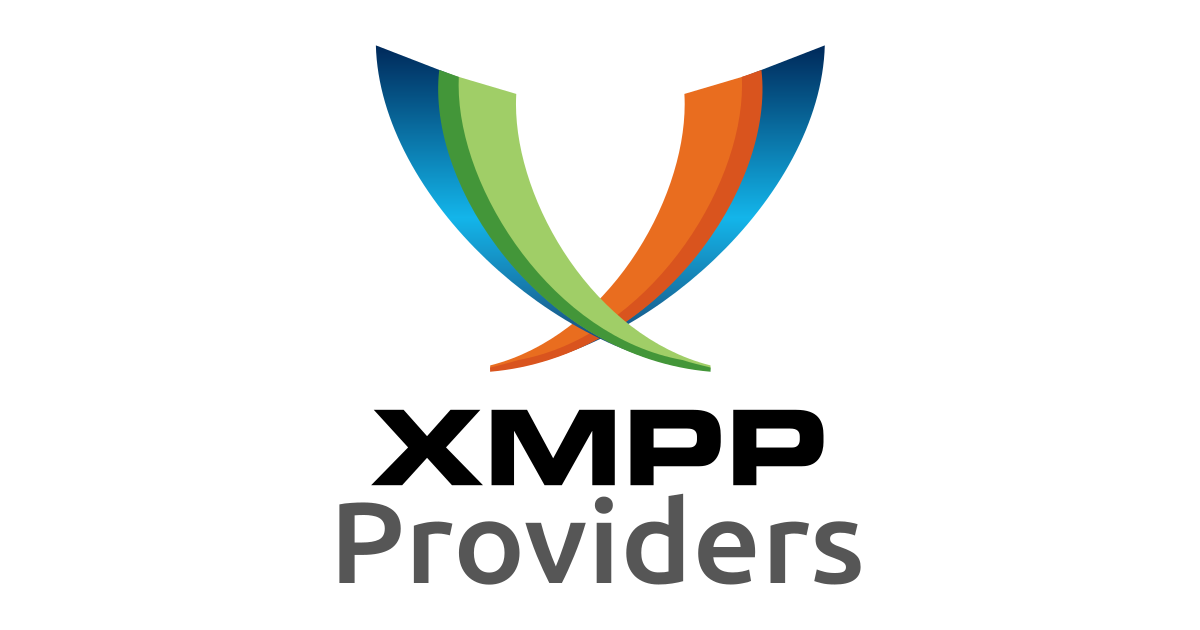

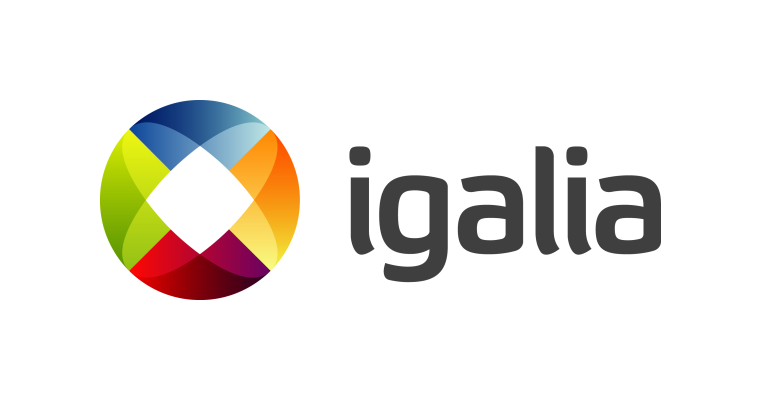



The sideload APK think might have been speculation, or do you have a video with a Valve employee saying so? It could certainly work with Waydroid and some tinkering, but probably not for Android VR games that AFAIK depend on some proprietary Meta stuff most of the time.